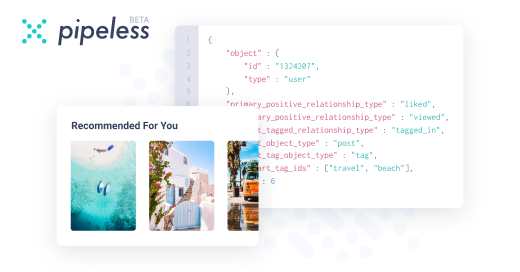Ranter
Join devRant
Do all the things like
++ or -- rants, post your own rants, comment on others' rants and build your customized dev avatar
Sign Up
Pipeless API

From the creators of devRant, Pipeless lets you power real-time personalized recommendations and activity feeds using a simple API
Learn More
Comments
-
-
I understand this is a linguistical problem between developers and testers and it is understandable.
I looked up what it means and so:
"Virtual Cursor Test
Virtual cursor testing is a method used to evaluate how screen reader users navigate and consume web content, focusing on the experience of reading non-focusable elements like plain text, images, and headings.
This feature is built into screen readers such as VoiceOver and NVDA, allowing users to move through content line by line, which is essential for testing the accessibility and logical flow of a webpage.
/1 -
To use the virtual cursor in VoiceOver, press and hold Ctrl + Opt while using the Left or Right arrow keys to navigate.
In NVDA, the virtual cursor is moved with the Up and Down arrow keys, reading one line at a time.
This testing approach is particularly valuable for verifying that descriptive image alt text makes sense in context and for ensuring that all content is properly announced by the screen reader.
It also helps identify issues such as missing alt attributes, improperly structured links, or form controls without associated labels, which can hinder navigation for screen reader users.
For example, a link without an href attribute will not receive keyboard focus, causing it to be skipped entirely.
/2 -
By using the virtual cursor and other screen reader commands, developers can simulate the user experience and identify accessibility issues before deployment."
Backstory of 'virtual cursor':
Normal cursor: In most applications, the cursor is a visual indicator (text caret, mouse pointer) showing where you are and what you can interact with.
Problem: Many applications and web pages don’t expose all their content or structure to the system caret or mouse pointer in a way that’s accessible. For example, you can’t tab to every element, or the logical reading order isn’t obvious.
Solution – “virtual cursor”: Screen readers create their own simulated cursor in a virtual buffer that represents the page or UI’s accessibility tree.
It acts “as if” there were a real cursor traversing the page, but it’s generated virtually by the screen reader.
-> 'virtual' means: 'not formally recognized'/simulated.
/3 -
No. Cannot agree w/ that. They obviously meant the software cursor && they should be using proper terminology.
Just because there's a 'virtual keyboard' doesn't mean that there is an equivalent for the cursor. The cursor is already something on the screen. The difference is what's drawing it? Is it a hardware cursor or a software one.
Also, the cursor is controlled by a physical item - a mouse, controller, or something similar. That's your hardware. -
For some clarity - in our game there's this cursor shaped like a hand w/ one finger pointing, which can be used in some areas to select things etc. It's a software cursor. Calling it a virtual cursor is just plain wrong.
-
@afaIk No one has claimed that there are no virtual things in computing. A software-rendered cursor in a game should never be called a 'virtual cursor', though.
Terminology is there for a reason. It is there so that two people can understand each other by using the same language. Deviating from that is an easy way that leads to confusion.
Related Rants
-
 Qasimtalkin14
Qasimtalkin14 They break your heart too 😭💔
They break your heart too 😭💔 -
 BingBangTheory46Long rant ahead, but it's worth it. I used to work with a professor (let's call him Dr. X) and developed a ba...
BingBangTheory46Long rant ahead, but it's worth it. I used to work with a professor (let's call him Dr. X) and developed a ba... -
 MisterArie12
MisterArie12 Trying to make a not realistic deadline,set today for yesterday. Pleasing clients is what I do.
With a little...
Trying to make a not realistic deadline,set today for yesterday. Pleasing clients is what I do.
With a little...

One of the testers created a report a few days ago that the 'virtual cursor' is !working... The _'virtual cursor'_...
Who the fuck taught these guys?
rant
terminology
test monkeys
retards
virtual cursor
testers